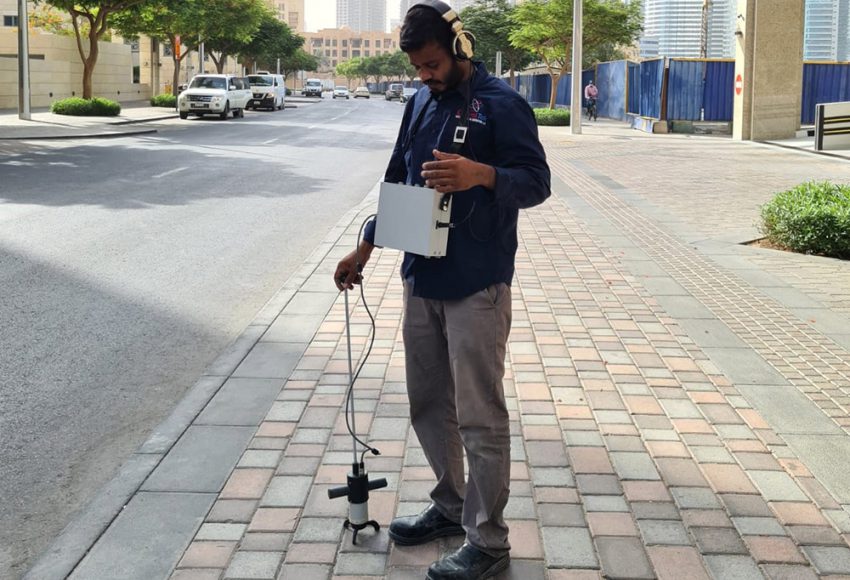
- August 21, 2023
- Control Tek
- 0 Comments
- Blog, Cable Fault Locating
How do we Find and solve the Most Critical Cable Faults in an Electrical Power System?
Cables are the fundamental part of the electrical power system, delivering electricity discretely. The modern world uses underground and overhead cables to supply Electricity.
When electrical energy is generated in the generation stations or power stations, it is distributed to different loads like- cities, towns, and villages for consumption of electricity. The cables are mainly used to distribute the electrical energy, the cables are may either insulated or uninsulated. The choice of underground cables mostly comes into play when energy is to be transferred in the underground installation process.
Mostly we are facing the inconvenience sometimes, because of the cable fault. A faulted cable brings the inevitable discomfort because of the loss of supply. This inconvenience becomes far more critical. As a result, there is a lot of pressure to quickly find the fault. Control Tek addresses this need for swift fault location through its range of equipment and well-trained technicians.
Finding the faulty point of an underground cable doesn’t have to be like finding a lost item on the street. There are many faults locating methods depending on who finds the fault, and how he wants to find it -detection technologies are now much easier to find the cable fault, also important is the technique applied that makes the task much easier and less time-consuming. However, we can say that there is no single method or combination of methods that is universal. Skilled technique and proper tool selection is the major key point to finding the cable fault more easily and within a minimum time.
We are using very modern equipment for locating power cable faults and pinpointing the damaged location quickly. A highly sensitive detector is used together with a high voltage surge generator, to pinpoint high resistance and flashover fault on power cables. It utilises an Application running on an Android device, connected wirelessly to a hand-held sensor. The sensor detects magnetic and audio signals emanating from the faulted cable
After completing the fault finding and all testing and repairs successfully, the cable is then handed back to the appropriate operators to reinstate the cable and re-energize the loads on the newly repaired cable.


Leave a Comment
You must be logged in to post a comment.